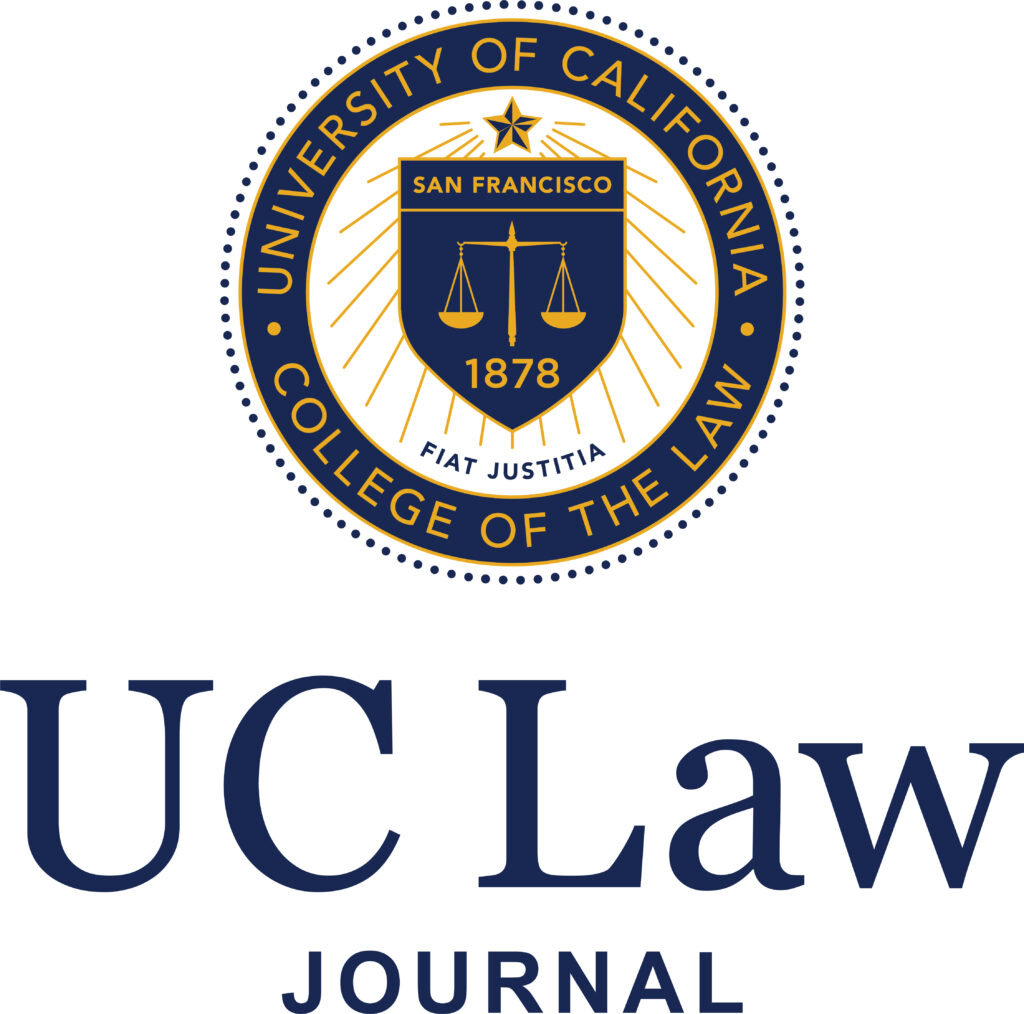Waste of Space: S208611 California Charter Schools Association v. Los Angeles Unified School District et al.
Today, the California Supreme Court is hearing arguments in California Charter Schools Association v. Los Angeles Unified School District.
In this case the court will decide whether the Court of Appeal adopted an incorrect methodology for determining what facilities a school district must afford to a charter school under the Education Code. The case touches on statutory interpretation, a voter-enacted charter school law, and principles of fairness in an overcrowded and underfunded school district.
Proposition 39 was enacted in 2009 as an initiative measure. It requires school districts to provide to charter schools “facilities sufficient for the charter school to accommodate all of the charter school’s in-district students in conditions reasonably equivalent to those in which the students would be accommodated if they were attending other public schools of the district.” California Charter Schools Association (CCSA) contends that the Los Angeles Unified School District (District) has repeatedly violated Proposition 39. CCSA has been suing the District since 2007 in an effort to obtain sufficient classrooms for its member schools. The parties settled in 2008, with the District agreeing to comply with Proposition 39. Since then, CCSA has sued repeatedly (and successfully) to enforce the settlement agreement. In 2012, CCSA sued again, and the superior court again ordered the District to comply with the 2010 settlement. The District appealed, and Court of Appeal reversed, holding that the District’s method of calculating classrooms complied with Proposition 39.
The present conflict stems from a dispute over the 2012–13 school year classroom allocations. The District maintained that its method of calculating space given to non-charter students, what it called a “norming ratio,” was a legal way to calculate how much space to give charters. The District arrived at these ratios by looking at how many classrooms it provided to its students district-wide, divided it by the number of students expected to attend each grade, and arrived at a number (say, one classroom for 24 students in kindergarten, up to 30 for grades 9-12). This is the ratio (and through it, the number of classrooms) it offers to charters. The District maintains that this approach is consistent with the text in Proposition 39 about fairness, and also with statutory language about classrooms “provided” to students.
CCSA disagrees with this method of calculation, arguing that the calculation procedure must come from the plain language of the statute. That statute, through its implementing regulation, states that facilities made available by a district to a charter “shall be provided in the same ratio of [classrooms] to average-daily-attendance (ADA) as those provided to students in the school district attending comparison-group schools.” The regulation says that the number of classrooms “shall be determined using the classroom inventory prepared pursuant to California Code of Regulations, title 2, section 1859.31.” That section says that the inventory includes not only classrooms housing students, but also classrooms under construction, rooms used for special programs (including preschool), those converted to non-classroom purposes, and even classrooms in closed schools.
Both sides contend that the other’s calculation would lead to “anomalous” and unfair results. CCSA claims that the District may decide to crowd its students into classrooms at high student-classroom ratios, while leaving other rooms empty or devoted to income-generating preschool and adult education facilities. According to CCSA, if that happens —whether through mismanagement, inability to recruit teachers, or otherwise —charters should not be relegated to a correspondingly inadequate number of classrooms. The District maintains that the CCSA’s calculation under §1859.31 far overstates the number of available classrooms, as it could count not-yet-constructed rooms, rooms used for preschool or other community programs, or even rooms already given to charters. This would lead to charters getting far more than their fair share of classrooms, necessitating more crowding and cuts in programming.
Both sides also contend that the other’s interpretation reads out (or adds in) critical words to the regulations at issue, violating canons of statutory construction. For example, CCSA argues that the District’s interpretation removes the reference to § 1859.31 when calculating its “norming ratio,” and the District claims that the CCSA’s interpretation ignores or misinterprets the word “provided,” given that all the space calculated under § 1859.31 is not actually provided to students.
Either interpretation could lead to undesirable results, either as a matter of law or a matter of policy. CCSA’s interpretation seems to be the most true to the text of the regulation: after the text “the following shall be considered a classroom,” § 1859.31 lists many categories of non-classroom and even unconstructed space. But if the court uses this interpretation, it must contend with: (1) the seemingly illogical requirement that the District include as-yet-unbuilt classrooms in its numbers, and (2) the undesirable result of forcing the District to give too many classrooms away and be left with either packing its classrooms or discontinuing critical services.
Similarly, under the District’s interpretation, the regulation’s whole method of calculating classroom space becomes optional, including the requirement of using comparison schools instead of district-wide calculations. Although the statute explicitly requires that public school space be “shared fairly,” the court would have to find that this general statement overrides the implementing regulations’ methods for calculating classroom space—which, having been adopted under the Administrative Procedure Act, have the force of law. The District urges the court to focus on the word “provide” (as in “facilities made available by a district to a charter shall be provided in the same ratio of [classrooms] to average-daily-attendance (ADA) as those provided to students in the school district attending comparison-group schools”) while ignoring how the regulation requires that calculation to be performed.
The court could strike a middle ground and hold that the regulations’ reference to § 1859.31 (listing all the non-classroom space that must count as classrooms) must be limited to classrooms actually in use at a comparison school, or that classrooms already given to charters do not count toward the calculation. That could resolve the District’s main objections to the regulations. But that would not necessarily require finding that the District’s “norming ratios” interpretation is correct, given its district-wide calculations. Instead, the court could remand to give the District another chance to make a legally permissible classroom calculation.
The middle ground is an attractive solution from a statutory interpretation approach; saving what is salvageable instead of essentially striking out a large part of the regulation. It may also prevent other districts from creating their own calculations under Proposition 39, as they are surely waiting to do if this case goes the District’s way.
- Is SB 277 a denial of the right to education? - July 10, 2015
- Opinion Analysis: In re Taylor - March 23, 2015
- Waste of Space:S208611 California Charter Schools Association v. Los Angeles Unified School District et al. - February 4, 2015





